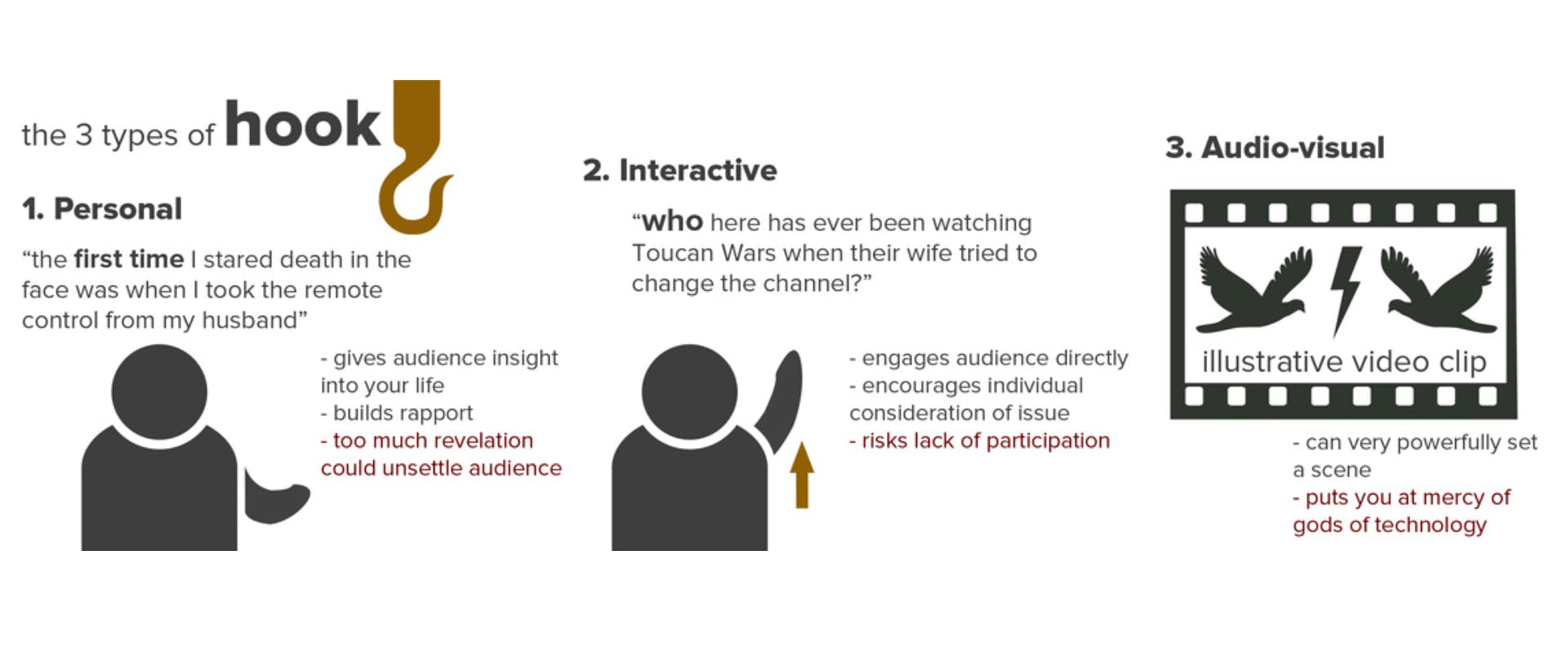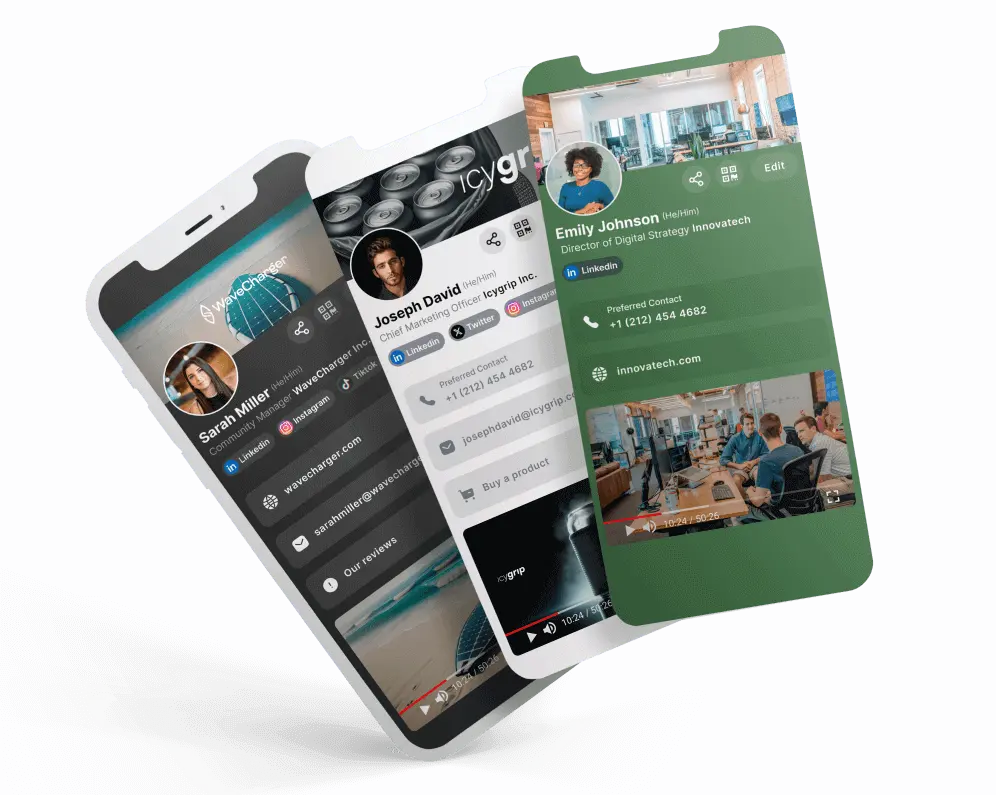 Go back to list of posts
Go back to list of postsHow to Make an Elevator Pitch: Templates, Examples, and Tips to Stand Out
June 22, 2025
You’ve just stepped into an elevator with a potential client, investor, or hiring manager. You have less than a minute to capture their attention — what do you say?
That’s where an elevator pitch comes in.
An elevator pitch is a short, compelling introduction that clearly explains who you are, what you do, and why it matters — usually in 30 to 60 seconds. It’s designed to communicate value quickly and spark interest, ideally leading to a deeper conversation or opportunity.
Whether you're a founder trying to impress VCs, a job seeker at a networking event, or a salesperson reaching out to a lead, a great elevator pitch can make all the difference. It’s your chance to make a strong first impression — the kind that opens doors, creates connection, and gets remembered.
What Is an Elevator Pitch?
An elevator pitch is a concise, persuasive speech — typically lasting 30 to 60 seconds — designed to introduce yourself, your business, or your idea in a clear and compelling way.
The goal? To spark curiosity, communicate value, and prompt the listener to want to know more.
Elevator pitches are widely used across professional contexts, including:
- Networking events, where first impressions matter
- Startup demos and pitch competitions, where time is limited
- Sales calls, to quickly convey how your product solves a real problem
- Job interviews and career fairs, when introducing yourself to recruiters
- LinkedIn profiles and cold outreach messages, where concise clarity boosts engagement
A strong elevator pitch isn’t just about what you do — it’s about why it matters to your audience. It positions you as confident, articulate, and focused, even in high-pressure moments.

Why a Great Elevator Pitch Matters
A well-crafted elevator pitch does more than just describe what you do — it builds instant credibility and opens the door for deeper engagement.
Key benefits of a strong elevator pitch:
- Creates a strong first impression: You establish professionalism, focus, and clarity from the outset.
- Communicates your unique value: You highlight how you're different, what you offer, and why it matters to the listener.
- Sparks genuine interest: A great pitch grabs attention and encourages your audience to ask follow-up questions.
- Opens doors for deeper conversations: Whether it leads to a job interview, a demo request, or a coffee chat, your pitch is the spark that gets things moving.
- Clarifies your own positioning: The process of crafting your pitch forces you to get clear on your messaging and core value — which helps in branding, outreach, and even team alignment.
As Matthias Werner, founder of High Block, explains:
“Most people think they have a pitch problem. In reality, they have a clarity problem.”
That clarity — knowing exactly who you help, how you help them, and why it matters — is what transforms a forgettable intro into a conversation that sticks.
How to Structure an Elevator Pitch
Crafting a memorable elevator pitch doesn’t mean memorizing a script — it means organizing your message so it delivers value, sparks curiosity, and makes it easy for someone to understand what you do and why they should care.
A great pitch follows a simple, flexible structure. Think of it like a story: it starts with a hook, builds context, delivers value, and ends with a clear next step.
Here’s a breakdown of the key components:
🧲 1. Hook – Start with Something That Grabs Attention
Begin with a relatable problem, bold statement, or surprising stat that makes your listener stop and think.
“Start with a stinger — a visionary statement, humor, or a wild analogy. I once said, ‘Imagine Uber, but with hydration.’”
— Joseph Lopez, from Pure IV Colorado
Example:
“40% of patients miss follow-up appointments due to confusing scheduling.”
— Jasmine Charbonier
This immediately addresses a pain point and invites curiosity.

👋 2. Who You Are – Name, Title, and Company (Optional)
Now that you’ve got their attention, share who you are in a grounded, confident way. Keep it relevant and concise.
“Don’t lead with your job title. Lead with the value you bring. Say what you solve, not what you are.”
— Edward Hones, Hones Law PLLC
Example:
“I’m the founder of WOW! Shirts, a lifestyle clothing brand that combines comfort with bold, seasonal designs.”
— Andres Bernot
💼 3. What You Do – Focus on the Value You Bring
Describe what you offer, but center it on what it does for them — the transformation or outcome you enable.
“Most elevator pitches fail because people talk about their features, not the friction they solve.”
— Alex Kratko, Snov.io
Example:
“We help LA buyers avoid the $50,000 mistakes that happen when you buy the wrong house.”
— Wesley Kang, 1099Cafe
This connects your work to a real-life pain point and positions you as a solution.
🌟 4. What Makes You Unique – Differentiate Yourself
This is your chance to stand out. Share something surprising, a differentiator, or social proof that builds credibility.
“Your pitch should carry a little edge. Not risky — just sharp. One phrase, one stat, or one story they can repeat later.”
— Alec Loeb, EcoATM
Example:
“At JNJ Gifts, we don’t just ship gifts — we help our clients show up when it matters most.”
— Jerina Vincent
📩 5. Call to Action – Suggest the Next Step
End with a clear invitation: a follow-up meeting, a demo, or simply a question that keeps the conversation going.
“Always end with a question, not a statement. It invites the listener in.”
— Jon Gordon, Sheer Velocity
Example:
“Would Tuesday work for a deeper dive into this?”
— Jasmine Charbonier
Or keep it soft and curious:
“Have you ever run into that issue with your team?”
Elevator Pitch Templates for Different Scenarios
Not every elevator pitch is one-size-fits-all. The way you present yourself should change based on who you're talking to and what they care about most. Below are tailored elevator pitch templates for common professional scenarios — from job seekers to freelancers — each with an example that uses the keyword naturally and delivers a clear, compelling message.
👩💼 Elevator Pitch for Job Seekers
Template:
"I’m a [job title] with experience in [key skill/industry]. I help [company types] achieve [result] by [what you do]. I’m currently looking for opportunities where I can [add value/do X]."
Example:
"I’m a digital marketing strategist with five years of experience in SaaS. I help startups increase user acquisition through performance campaigns and data-backed content. I’m looking for a growth-focused role where I can apply that expertise to scale early-stage brands."

📞 Elevator Pitch for Sales Professionals
Template:
"I help [target audience] solve [specific pain point] by offering [your solution]. Our approach leads to [tangible outcome]."
Example:
"I help B2B sales teams cut prospecting time in half with a lead-gen platform that identifies and qualifies top targets automatically. My elevator pitch always starts with results — like helping one client boost their conversion rate by 37% in two months."

🚀 Elevator Pitch for Startup Founders
Template:
"At [company name], we help [target audience] achieve [key benefit] by [unique solution]. We’re different because [competitive edge or traction]."
Example:
"At Snov.io, we help B2B teams automate lead generation at one-third the cost of Salesforce — all while maintaining 40% month-over-month growth. It’s the kind of elevator pitch that earned us VC interest on the spot."
— Alex Kratko, CEO of Snov.io

🎨 Elevator Pitch for Freelancers / Creatives
Template:
"I’m a [role] who specializes in [core service]. I work with [client types] to help them [result], using [your unique process or skillset]."
Example:
"I’m a freelance graphic designer who helps wellness brands bring their message to life through minimalist packaging and emotionally resonant visuals. My elevator pitch is all about blending design with purpose."

💼 Elevator Pitch for Consultants
Template:
"I help [industry or segment] tackle [key challenge] by providing [solution or methodology]. I’ve helped companies like [proof] achieve [measurable outcome]."
Example:
"I help mid-sized construction companies uncover hidden capital through heavy equipment appraisals. One pitch I use often: 'Did you know 80% of firms are sitting on thousands in unrecognized asset value?' That one line opens almost every door."
— Tracie Crites, Heavy Equipment Appraisal

📌 Quick Tip:
Each of these templates follows the same essential structure:
Problem → Solution → Value → Differentiator → Invitation
Keep your elevator pitch short, relevant, and spoken with confidence. Coming up next: real-life expert examples you can learn from and adapt.
Real-World Elevator Pitch Examples from Experts
Sometimes the best way to learn is by seeing what actually works. Below, we’ve gathered real elevator pitch examples from founders, marketers, lawyers, and recruiters who shared how they tailor their message, what structure they follow, and what makes a pitch truly stand out.
These pros have tested their pitches in investor meetings, networking events, and client conversations — and here’s what they had to say.
🔥 Joseph Lopez — Owner, Pure IV Colorado
Best Elevator Pitch:
“We are health without the waiting line. Pure IV Colorado provides hospital-quality IV treatment directly to your place of work, hotel, or home in less than 90 minutes—no traffic, no stress, just quick recovery.”
Why It Works:
“It was visually, emotionally, and solution-oriented. It didn’t sound like a medical service — more like a lifestyle brand.”
Mistake to Avoid:
“Don’t stuff it all in. Narrow down to one message. Value first, then credentials.”
🧠 Jasmine Charbonier — Marketing Consultant
Best Elevator Pitch Structure:
“Problem > Solution > Proof > Ask. Keep it conversational.”
Example:
“Small businesses waste 5+ hours a week on manual data entry. We built automation that cuts that to 30 minutes. We’ve saved 50+ companies $100K+ each. Want to see if it fits your team?”
Pro Tip:
“Start strong — first 7 seconds matter. Bold stat > Personal connection > Clear solution > Result > Direct ask.”
🧾 Tracie Crites — CMO, Heavy Equipment Appraisal
Pitch that Opened Doors:
“Did you know 80% of mid-sized construction companies are unknowingly sitting on hundreds of thousands of dollars in hidden capital?”
Why It Worked:
“It activated a hidden pain point and shifted the tone from transactional to problem-solving.”
Mistake to Avoid:
“Don’t start by introducing yourself or your service. Start with what matters to them.”
🏠 Wesley Kang — Founder, Realtor 1099Cafe
His Go-To Pitch:
“I help families avoid the $50,000 mistakes that happen when you buy the wrong house in LA.”
Why It Works:
“It sparks a story. The person usually shares their own nightmare — and now we’re connecting.”
Common Elevator Pitch Mistakes (And How to Avoid Them)
❌ Too much jargon:
“If your grandma wouldn’t get it, simplify it.” – JoWesn Gordon, Executive Recruiter
❌ Feature overload:
Focus on benefits. “Nobody cares about your tech stack — they care about saving time or making money.” – Matthias Werner
❌ Sounding robotic:
“Practice in real conversations. Say it on a walk, in the shower, to your dog — anywhere you can sound human.” – Jasmine Charbonier
Tips for Making Your Elevator Pitch Memorable
✅ Use a vivid visual or stat
“Enough plastic waste to fill 3 Empire State Buildings.” – Jasmine Charbonier
✅ Start with a strong hook
“I help companies avoid million-dollar hiring mistakes.” – Jon Gordon
✅ Personalize by audience
“Investors want scale. Clients want clarity. Candidates want purpose.” – Harry Morton, Lower Street
✅ Leave with a ‘stinger’
“Imagine Uber — but with hydration.” – Joseph Lopez
Conclusion: Craft Your Elevator Pitch with Confidence
Your elevator pitch is more than just a quick intro — it’s your first impression, your value proposition, and your conversation starter all rolled into one. When done right, it opens doors, builds credibility, and sets the tone for meaningful business relationships.
As you’ve seen from the expert insights and real-world examples above, the key is to focus on clarity, relevance, and emotional connection. Know your audience. Keep it simple. Practice until it sounds like you, not a script.
And remember — your pitch doesn’t have to be perfect. It just has to be real.
🚀 Want to read more about entrepreneurship?
If you're interested in taking your business ideas further, check out these helpful reads from the KADO blog:
- What Does It Take to Be an Entrepreneur? – Explore the key traits and mindsets of successful founders.
- What Must an Entrepreneur Do After Creating a Business Plan? – Learn what comes next in your startup journey, from execution to risk management.
- How to Validate a Business Idea – Make sure your concept is market-ready with smart, low-risk testing strategies.
FAQs About Elevator Pitches
What is an elevator pitch example?
An example: “I help pet owners keep their yards spotless with a luxury waste removal service that’s quick, clean, and stress-free.” – Joseph Lopez
How long should an elevator pitch be?
30 to 60 seconds max — enough time to deliver one clear message that sparks curiosity.
What makes a pitch stand out?
Tailored content, emotional resonance, clear results, and a confident (but conversational) tone.



